


The Forestry, Fish and Game Commission of Kansas purchased original portions of the land in 1929. Another land purchase in 1930 completed the property to its current size. Construction of the lake began in 1930, and the area was opened to fishing and hunting in 1932.
How big is Leavenworth State Fishing Lake?
Leavenworth State Fishing Lake is approximately 151 sq acres (0.6 sq km) in size.
How deep is Leavenworth State Fishing Lake?
Leavenworth State Fishing Lake is approximately 47 feet (14.3 m) at its deepest point.
What kind of fish can you catch in Leavenworth State Fishing Lake?
Although thery may be others but anglers can expect to find a variety of fish including Bluegill, Channel Catfish, Flathead Catfish, Largemouth Bass, Sauger, Smallmouth Bass and Walleye in Leavenworth State Fishing Lake.
Other fish species in the lake include Crappie, Green Sunfish, Redear Sunfish, Saugeye and Wiper Bass.

Kansas, the landlocked state in the midwestern region of the United States, has different types of habitats that range from plains and wetlands to rocky mountainous terrains.
Animals in North East Kansas
Kansas sees increasing numbers of mountain lions, black bears and elk. Armadillos and deer? They're everywhere.

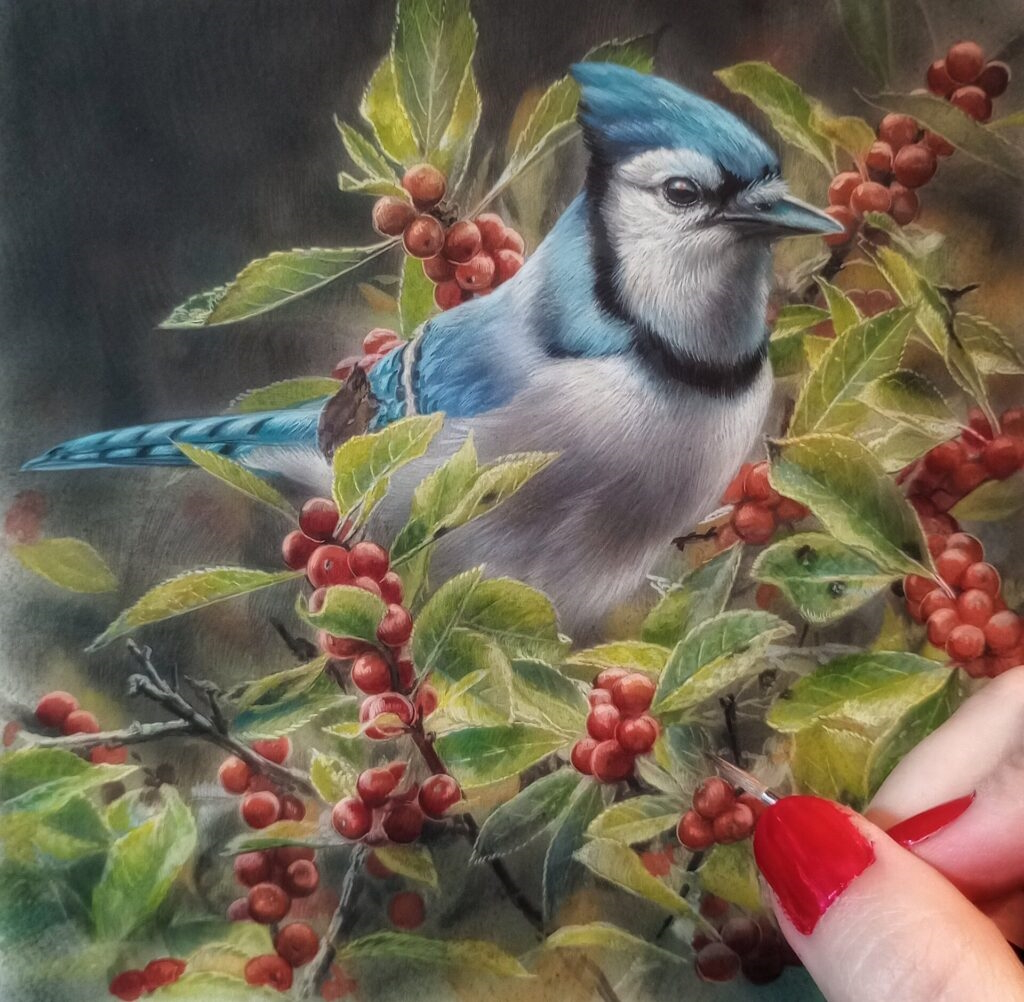

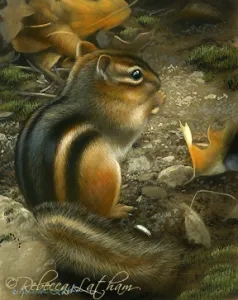
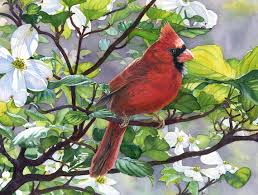
Art Barbarians Wildlfe Art Prints
https://www.cattlecreekpublishing.com/product/highlights-of-autumn/
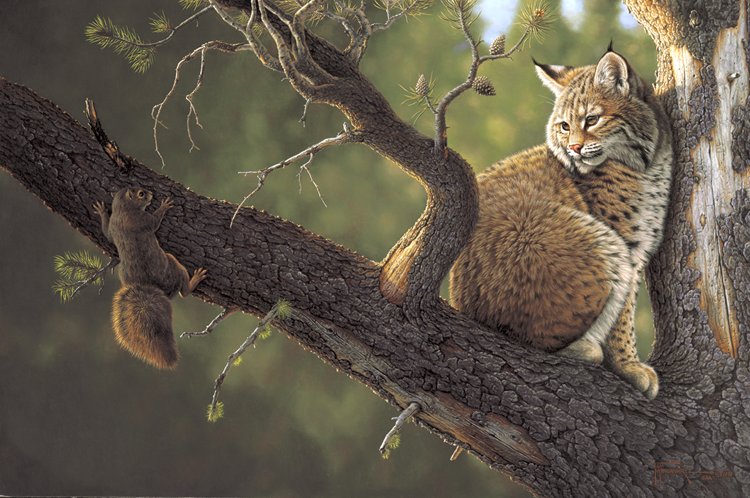
http://www.nativeamericanexpressions.net/naefolder/art/nmp1.html
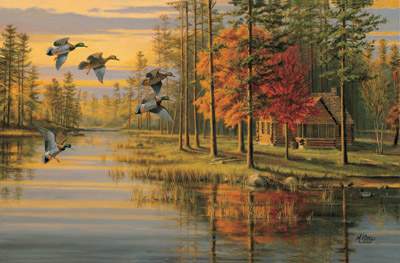
https://www.patpauleyart.com/R_Autumn_Splendor.htm

Squirrels are small, and they need a layer of fat to stay warm all winter long. How do they put on that layer of fat? Like all of us do: they eat! Nuts like acorns, chestnuts and walnuts are squirrels’ food of choice because they are high in nutritious fats. Not only will squirrels eat more than usual in fall, they will also bury nuts near their nests for easy access during the winter months. They will also begin to slow down and move less in the fall to save energy.
Squirrels are an easy animal to observe because they live all around us in our urban environments -- you maybe even have some in your own backyard. Next time you’re outside this fall and spot a squirrel, watch it for a while. You might get to see how quickly it can shell a nut!
Every fall, monarch butterflies in the Eastern U.S. and Canada perform one of the most magical of all migrations in the animal kingdom: they fly up to 3,000 miles south in increasingly massive swarms to overwintering grounds in Mexican fir tree forests. This is the farthest migration of any insect in the world.
The monarch migration is especially fascinating because the monarchs that fly to Mexico have never been there before, but they follow almost exactly the same paths every year. Additionally, the monarchs that make the migration, called the Super Generation, live up to eight months, which is eight times as long as monarchs in the first three non-migrating generations. They overwinter in Mexico and mate in the spring, and then their offspring travel north and the process begins again.
See if you can spot monarchs near colorful flowers and other nectar sources. The end of September is the peak of the monarch migration at our latitude!
Many mammals in Illinois slow down in the winter to conserve energy, but only the groundhog (also known as a woodchuck) is a true hibernator.
During hibernation, the groundhog’s breathing slows to only 5-10 breaths per minute, its body temperature drops dramatically, and it loses a quarter of its body weight (which is a lot for a 13 pound animal). True hibernation differs from the deep rest many other mammals experience, called torpor, because hibernators stay in this slow state for the entirety of the cold season. Animals like the chipmunk occasionally come out of torpor to eat, because they don’t have enough body fat to hibernate continually.
The woodchuck feeds heavily on vegetation and insects all summer long, eating up to a pound of food at a time, to gain enough weight to survive winter. Then, around October, they’ll hibernate in their elaborate underground burrows for up to five months! Yes, this means that in Illinois, groundhogs are almost always sleeping right through their namesake day on February 2nd, coming out of hibernation around early March.
The whitetail deer of the Midwest go through an important mating ritual every fall called the “rut.” During this time, from mid-October through December, buck behavior changes as they work to secure mates. They rub their antlers on trees and scrape the ground with their hooves, leaving their scent to mark their territory. They become more aggressive and may even spar with other bucks to compete for a mate.
Deer are triggered by the shorter, cooler days to begin the rut. After mating in the fall, fawns are born in May or June.
There are thousands of species of ladybugs, but perhaps the most well-known here is the spotted Asian lady beetle, thanks to its tendency to gather in large groups in people’s homes. For this reason it has the reputation as a pest, but the spotted Asian lady beetle actually provides excellent pest control.
To survive winter, these beetles eat massive amounts of aphids and other soft-bodied insects. This is why they’re often found in the soybean fields of the Midwest in large quantities in the fall, where aphids are abundant. However, once the soybeans are harvested, the beetles seek out south-facing rock faces and cliff sides to gather into large groups and go dormant for the winter.
Unfortunately for humans, the south-facing side of a lightly colored home looks a lot like a rock face to an Asian lady beetle. They will find their way into tiny cracks to gain entry to a home, and gather behind the walls.You’ll see them emerging in your windows and on your walls in late winter and early spring.
During autumn the days are rapidly getting shorter and the sun is becoming lower in the sky. The autumn equinox, when day and night are of equal length, is on 23 September. There are often spectacular sunsets in autumn, the stars can seem brighter at night, and on some mornings mist hangs over fields and parks. This is a time of nature's plenty, with a wonderful hedgerow harvest of blackberries, rose hips, crab apples, hazelnuts and seeds. Many of our much loved creatures take advantage of this wild harvest to build up reserves of fat for migration or for hibernation.
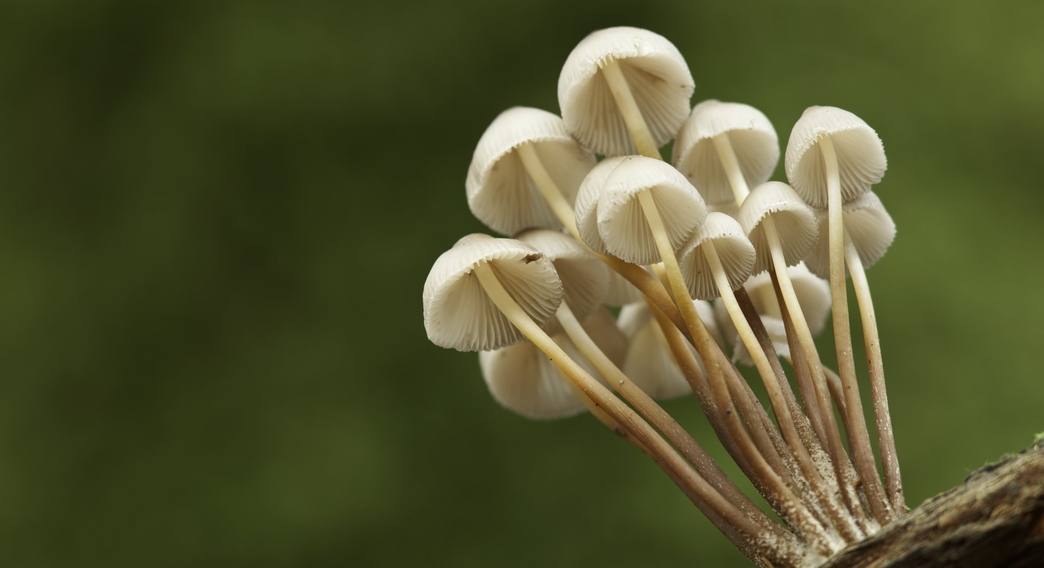 Fungi - fungi and mushrooms are not just in woodlands they pop up all over the place: on lawns and in parks, on the ground and on the trunks of trees, even on cowpats! Have fun discovering the rather strange and mysterious world of fungi but take care, some species are very poisonous and only experts can identify the ones which are safe to eat!">
Fungi - fungi and mushrooms are not just in woodlands they pop up all over the place: on lawns and in parks, on the ground and on the trunks of trees, even on cowpats! Have fun discovering the rather strange and mysterious world of fungi but take care, some species are very poisonous and only experts can identify the ones which are safe to eat!">
Clustered bonnet by Guy Edwardes/2020VISION
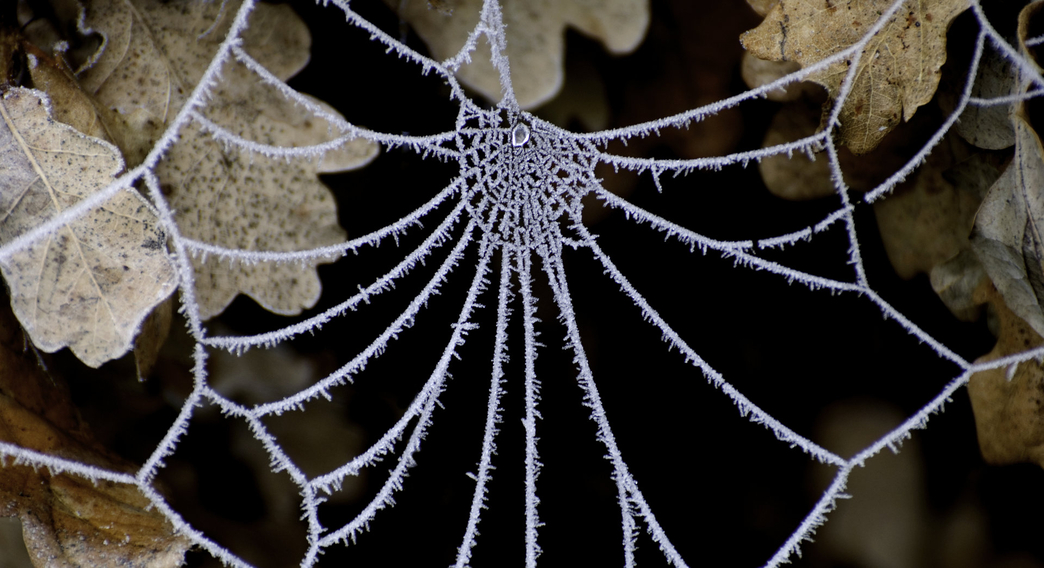
Spider webs - on cold autumn mornings you suddenly realise how many spiders there are! Take an early morning walk and spot spider webs outlined in dew on hedgerows, in meadows and even on house windows and car wing mirrors. Spider silk is truly amazing – see if you can find a spider actually making a web and watch carefully how it's constructed!
Web by Zsuzsanna Bird
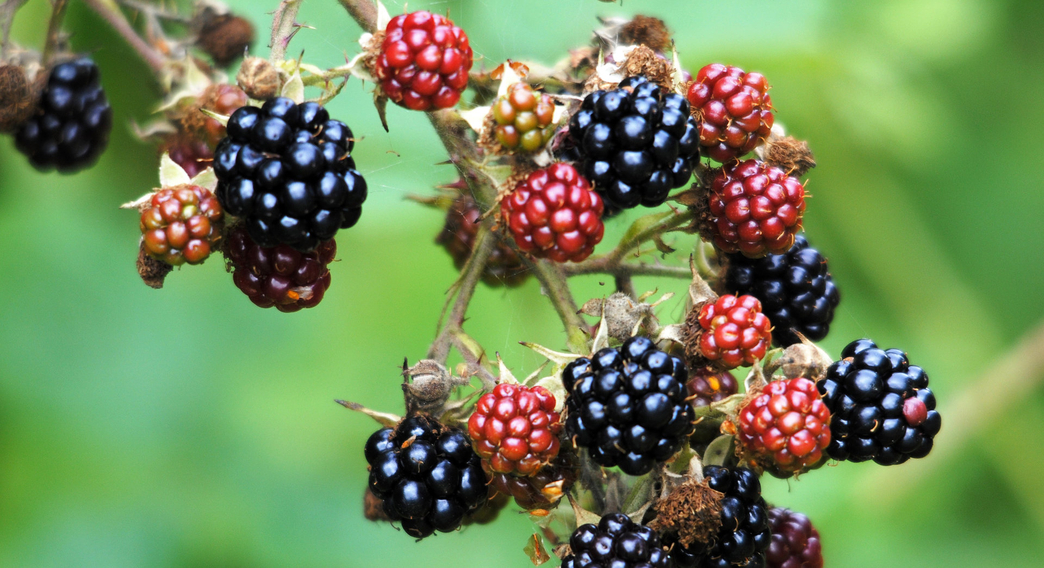 Blackberries - these yummy berries are at their best in early autumn! You can also spot all sorts of wildlife feasting on them too. Blackbirds and thrushes love blackberries! Rose-hips, sloes, crab apples, elderberries and hawthorn berries also provide autumn food for mice, voles, hedgehogs, squirrels as well as many kinds of birds.
Blackberries - these yummy berries are at their best in early autumn! You can also spot all sorts of wildlife feasting on them too. Blackbirds and thrushes love blackberries! Rose-hips, sloes, crab apples, elderberries and hawthorn berries also provide autumn food for mice, voles, hedgehogs, squirrels as well as many kinds of birds.
Blackberries by Amy Lewis
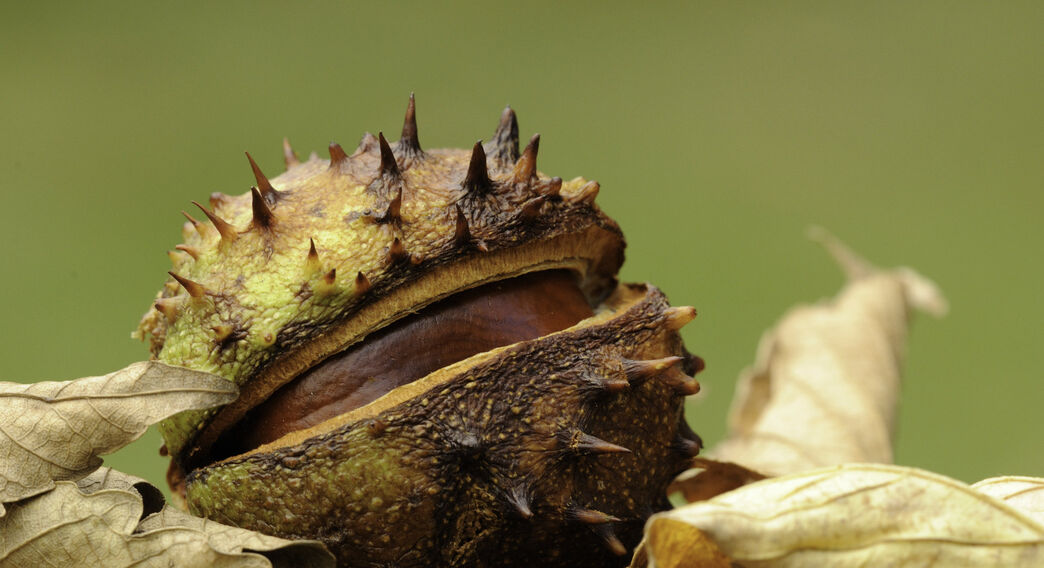 Conkers - also called horse chestnuts, these shiny treasures are great to collect. There is something really special about splitting open the green case and revealing the brand new conker within. They are great for games of conkers too!
Conkers - also called horse chestnuts, these shiny treasures are great to collect. There is something really special about splitting open the green case and revealing the brand new conker within. They are great for games of conkers too!
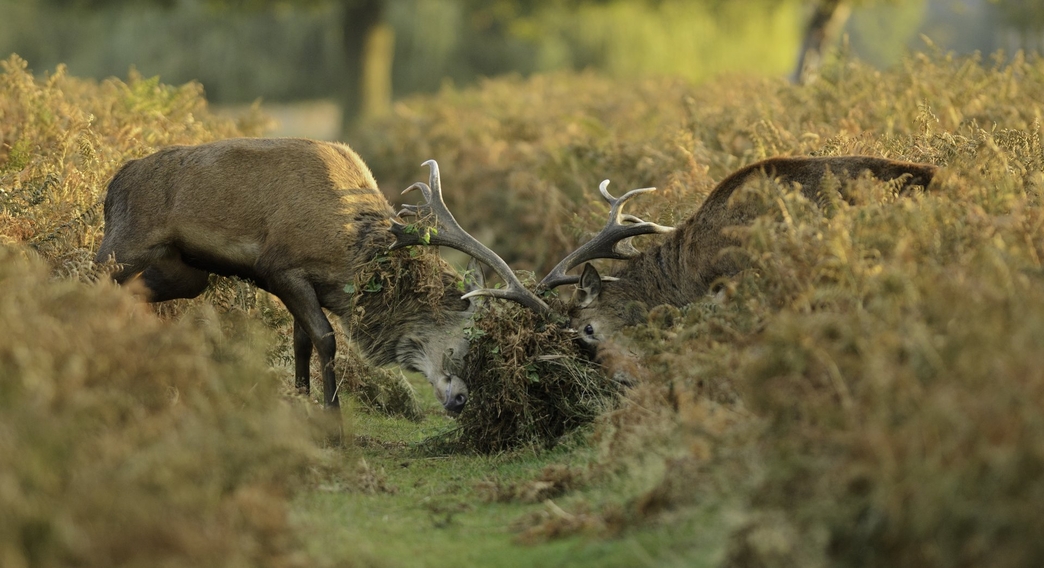 Deer ruts - if you have a local deer park then visit it in autumn. This is the time of year when stags and bucks develop antlers and fight rival males to attract females! Red deer are our largest land mammal and the stags have the most spectacular antlers of any British species. Make sure you enjoy the deer rut from a safe distance - you don't want to get in the way of a deer fight!
Deer ruts - if you have a local deer park then visit it in autumn. This is the time of year when stags and bucks develop antlers and fight rival males to attract females! Red deer are our largest land mammal and the stags have the most spectacular antlers of any British species. Make sure you enjoy the deer rut from a safe distance - you don't want to get in the way of a deer fight!
Red deer by Terry Whittaker
Appreciating Wildlife in Autumn.
Five Simple Ways to Create Habitat this Fall.
10 ways to help wildlife in autumn.
Northeast Kansas Wildlife Rescue
Wildlife Hotline
1-785-575-1991